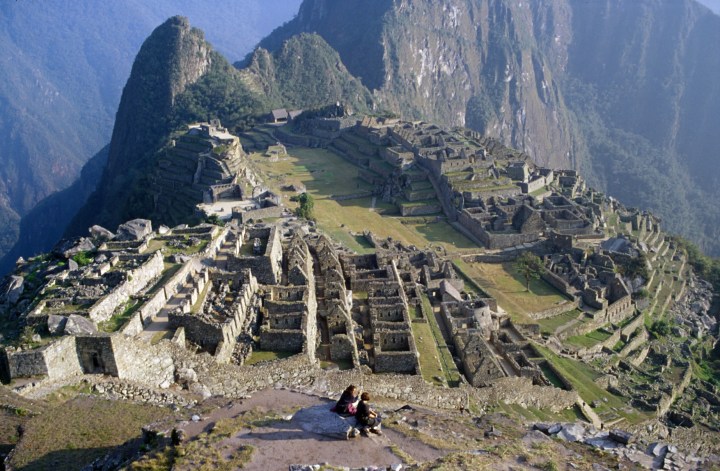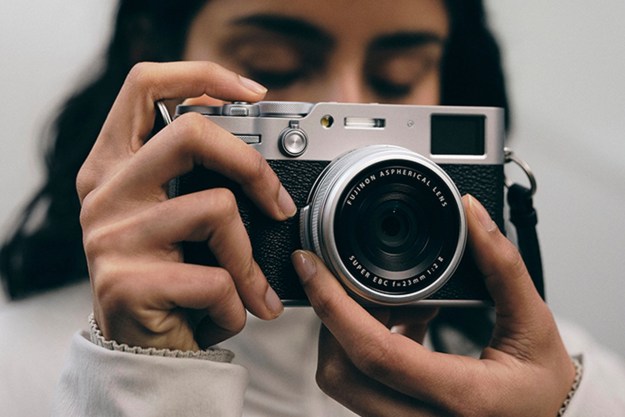
A German tourist plummeted to his death while pretending to fly for a selfie at the Machu Picchu ruins in Peru last week. Authorities recovered the body from a ravine on Thursday, June 30, the day after the accident. The man was identified as 51-year-old Oliver Park, according to the BBC.
Park ignored warning signs posted around the restricted area, officials told the news agency. He reportedly lost his footing while leaping to imitate flying and fell off the cliff.
Unfortunately, selfie deaths are all too common all over the world. At least 12 trackable selfie-related deaths occurred in 2015, whereas there were only eight confirmed fatal shark attacks during the same year, according to The Metro.
Between January 2016 and January 2014, “49 people have died while attempting to photograph themselves; the average age of the victims is 21 years old, and 75 percent of them are male,” according to a Priceonomics report.
In March, a similar tragic accident occurred in Washington state. A man — who went unnamed by officials — shot himself in the face when he snapped a selfie with what he thought was an unloaded gun, according to The Washington Post.
In 2015, a group of four friends tried to take a selfie on the tracks in front of an approaching train, but they didn’t step away in time. Three of the four friends died, the Times of India said.
Russia’s Interior Ministry warned against selfie dangers after dozens of horrific selfie fatalities in early 2015, according to Reuters.
“A cool selfie could cost you your life,” reads a poster from the safety campaign.


